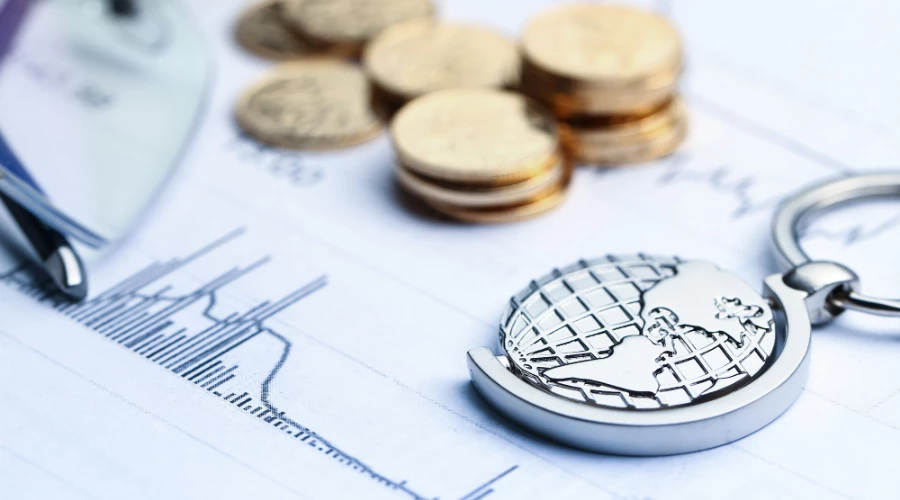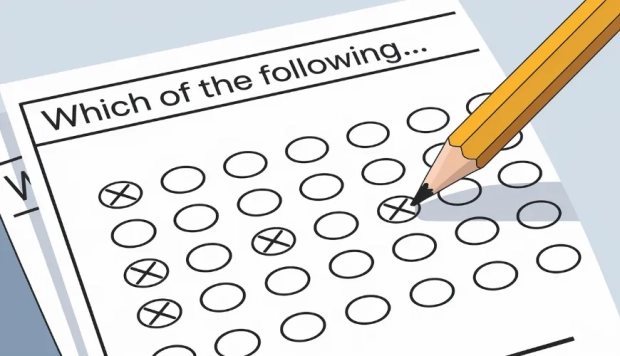Unit Economics

What is Unit Economics?
Have you ever wondered how businesses figure out if they're making money on each item they sell? That's where unit economics comes in. It's like a financial magnifying glass that focuses on the smallest part of a business - often a single product or service. This helps companies understand if that item is profitable.
At its core, unit economics looks at two main things: how much money it costs to get a product or service to a customer (this is called Cost per Acquisition, or CAC) and how much money that customer will bring in over time (known as Customer Lifetime Value, or CLV). By comparing these, businesses can see if they're on the right track.
There are a few ways businesses can approach unit economics. Some might look at the direct costs involved in making and selling a product, like materials and labor. Others might also include indirect costs, like marketing and overhead. The key is to find an approach that gives a clear picture of profitability.
Real-World Example
Imagine a coffee shop. The direct cost might include the coffee beans and the barista's time. An indirect cost could be the advertising they do to get customers in the door. By understanding these costs, the shop can figure out how much they need to charge for a cup of coffee to make a profit.
Customer Lifetime Value (CLV)
CLV is all about understanding the total value a customer brings to a business over time. It's not just about one purchase; it's about all the purchases they might make. For example, if a customer keeps coming back to our coffee shop for a year, their CLV would include all the coffee they bought during that time.
Customer Acquisition Cost (CAC)
CAC is the total cost of getting a new customer. This could include things like advertising, special offers, or the sales team's efforts. For our coffee shop, it might be the cost of a sign outside or an ad in the local paper.
The Magic of the CLV/CAC Ratio
The CLV/CAC ratio is a key number that tells businesses how healthy their unit economics are. Ideally, CLV should be higher than CAC, which means a business makes more money from a customer than it spends to get them. A good ratio might be 3:1, meaning the customer's value is three times the cost to acquire them.
CAC Payback Period
The CAC payback period is about how long it takes for a business to earn back the money it spent on acquiring a customer. If our coffee shop spends $100 on ads to get a customer who spends $10 every visit, they need 10 visits to break even. This period is crucial for managing cash flow.
Applying Unit Economics in Different Sectors
- Not limited to coffee shops; applicable in various industries.
- Used by tech companies, service providers, and more.
- Each sector faces unique costs and measures CLV and CAC differently.
- Fundamental principles of unit economics apply universally.
Challenges in Unit Economics
Unit economics can be tricky, especially when it comes to keeping track of every penny spent or earned. The biggest hurdle often lies in making sure no costs slip through the cracks. This includes both the direct costs, like making the product, and the sneaky indirect costs, such as the money spent on keeping the lights on in the office or the ads that run online. These indirect costs can be hard to pin down but are crucial for understanding the true cost of getting a product or service to a customer.
Predicting how much a customer will spend over time, or their Customer Lifetime Value (CLV), is another tough challenge. People's habits and preferences can shift, influenced by new trends, competitors, or changes in their own lives. This means what a customer is worth to a business today might be different tomorrow. Getting a handle on CLV requires not just a look at past behavior but also a good guess at how future changes might impact what customers will do.
The Future of Unit Economics
The horizon for unit economics is expanding as businesses become more intertwined with technology. The era of guessing and rough estimates is giving way to precise data-driven decisions. With advanced tools and software at their disposal, companies can now dissect their financial health with laser precision. These digital aids allow for a granular analysis of costs and revenue, enabling businesses to pinpoint exactly where they're making money and where they might be losing it. This clarity is invaluable, as it guides strategic decisions, from pricing to customer acquisition strategies.
Looking ahead, the role of artificial intelligence and machine learning in unit economics cannot be overstated. These technologies promise to not only automate the tracking and analysis of financial metrics but also predict future trends with remarkable accuracy. They can forecast changes in customer behavior, anticipate market shifts, and suggest proactive adjustments to business models. As a result, companies will not just understand their current state of profitability but will also be equipped to navigate the future with confidence, making informed decisions that drive sustainable growth.
Understanding unit economics is like having a financial health check-up for a product or service. It helps businesses make smart decisions about pricing, marketing, and growth. By keeping an eye on key metrics like CLV and CAC, businesses can aim for long-term success.




